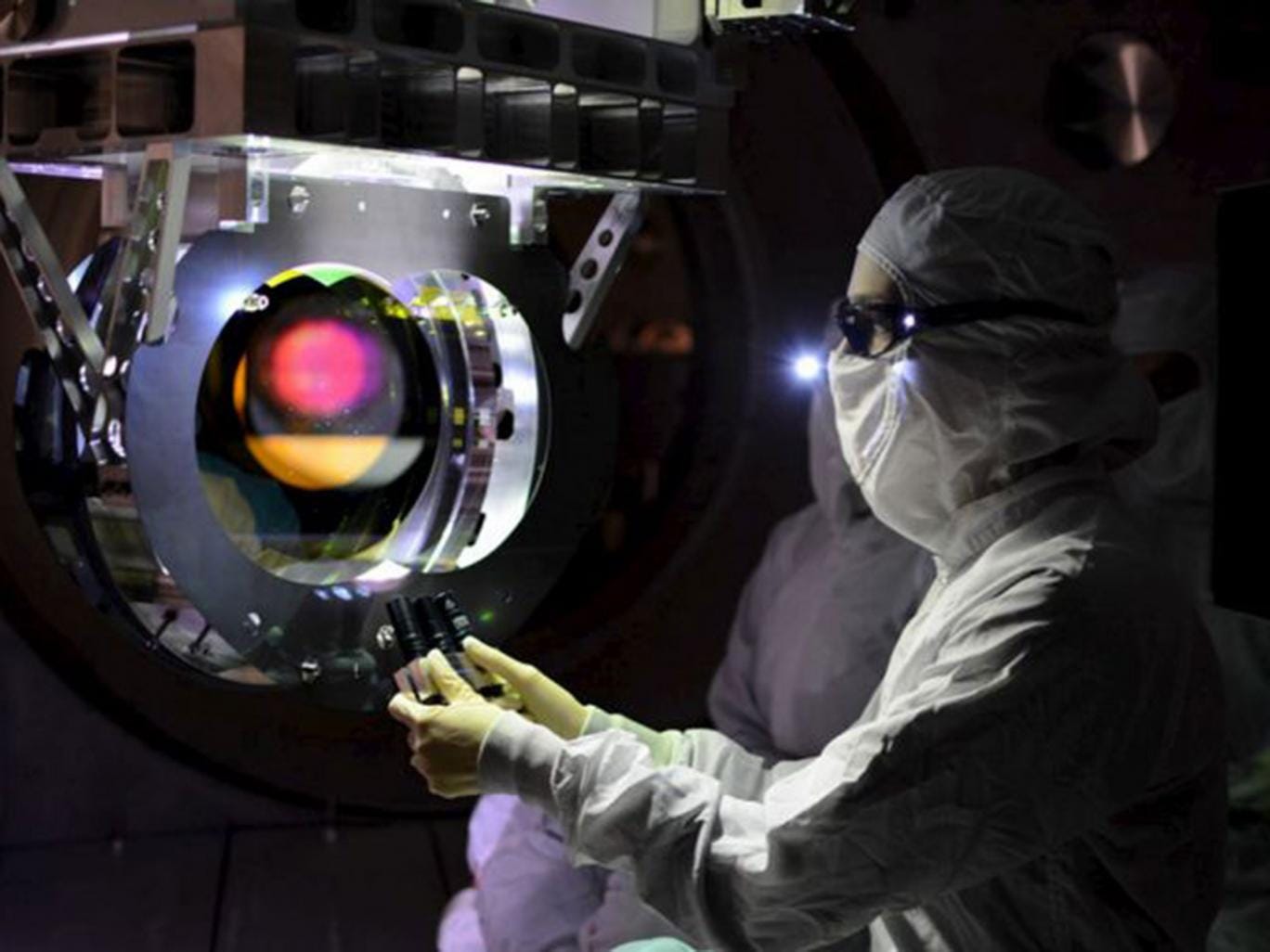
Einstein’s theory of general relativity, put forward in 1915, is one of the most remarkable intellectual achievements in scientific history. It’s a triumph of pure thought and insight. Its consequences on Earth are slight.
Newton’s theory is good enough for launching and tracking rockets; the timings in the GPS satellites that satnav depends on, however, need to allow for how, according to Einstein, clocks are affected by gravity.
The consequences of the theory on the cosmic scale are dramatic. Indeed Einstein’s insight that space and time are linked – that “space tells matter how to move; matter tells space how to curve” – is crucial to many cosmic phenomena. But it’s hard to test a theory whose consequences are so remote.
In 1919 Einstein was catapaulted to worldwide fame by a dramatic confirmation of his theory. On 29 May of that year there was a solar eclipse. A group led by the Cambridge astronomer Arthur Eddington studied stars appearing close to the Sun during the eclipse. The measurements showed that these stars were displaced from their normal positions, the light from them being bent by the Sun’s gravity.
This confirmed a key prediction of Einstein’s theory that light rays passing close to any gravitation body would be deflected. When these results were reported at a meeting of the Royal Society, the press spread the news. “Stars all askew in the heavens; Newton overthrown” was the headline in The New York Times.
From the 1960s onwards, there was growing evidence for a Big Bang that set the universe expanding, and for black holes – another key prediction of Einstein’s theory. But on Thursday, nearly 100 years after the famous Royal Society meeting, another announcement – this time at the Press Club in Washington – has offered spectacular further vindication of the theory: the discovery of gravitational waves.
This opens up a new window on the cosmos. This is genuinely a big deal – in my view on the level of the discovery of the Higgs particle, which generated great interest in 2012. Einstein envisaged the force of gravity as a warping of space. When gravitating objects move, they generate a ripple that spreads out – a ripple in space itself. When such a ripple passes the Earth, our local space “jitters”: it is alternately stretched and compressed.
But the effect is tiny. Indeed Einstein himself was for long uncertain. In 1935 he submitted to the journal Physical Review a paper claiming that gravitational waves didn’t exist. The paper was sent to an expert reviewer – the conventional practice in UK and US journals. And luckily for Einstein the reviewer found an error. Einstein was initially irate – in Germany, professors could publish what they wanted! But he was lucky to have a chance to reverse his conclusion before publication.
Until this week’s announcement there has been no firm evidence that these waves exist. The problem is that their detection requires amazingly sensitive instruments. In the Ligo detectors (the Laser Interferometer Gravitational Observatory) intense laser beams are projected along 4km-long pipes and reflected from mirrors at each end. By analysing the light beams, it’s possible to detect changes in the distance between the mirrors, which alternately increases and decreases as space expands and contracts. The amplitude is exceedingly small, about 0.0000000000000001cm – millions of times smaller than the size of a single atom. The Ligo project involves two similar detectors more than 2,000 miles apart – one in Washington State, the other in Louisiana. A single detector would register micro-seismic events, passing vehicles, etc, and to exclude these false alarms experimenters take note only of events that show up in both.
Why is the effect so small and elusive? It’s because gravity is such a weak force. We only feel it because we are on a planet – the force between objects is barely detectable. Astronomers have long realised the only sources that Ligo might detect must involve much stronger gravity than in ordinary stars and planets. Objects where gravity is strongest and fastest-changing are the most powerful emitters of gravitational waves. The best bet is that the events involve black holes.
The strongest predicted events are those caused by two black holes crashing together. This is a rare event, happening less than once in a million years in our galaxy. But such an event would give a Ligo signal even if it happened a billion light years away – and there are millions of galaxies closer than that.
If two black holes form a binary system, they would gradually spiral together. As they get closer, the space around them gets more distorted – until they coalesce into a single, spinning, hole. This hole sloshes and “rings”, generating further waves until it settles down as a single quiescent hole. It is this “chirp” – a shaking of space that speeds up and strengthens until the merger, and then dies away – that Ligo can detect.
For years, Ligo detected nothing. But it went through an upgrade, coming fully on line again a few months ago. Luckily, it has now proved sensitive enough to detect at least one convincing chirp of gravitational waves.
The wave-form of this chirp depends on how heavy the merging holes are, and how they are spinning, and how their orbit is oriented relative to the line of sight. So data of sufficiently high quality can reveal details of what caused the events. Two European detectors, Virgo and Geo600, are joining the search. This initial detection will stimulate wider efforts to exploit this new kind of astronomy, probing the dynamics of space itself – the bedrock of physical reality.







